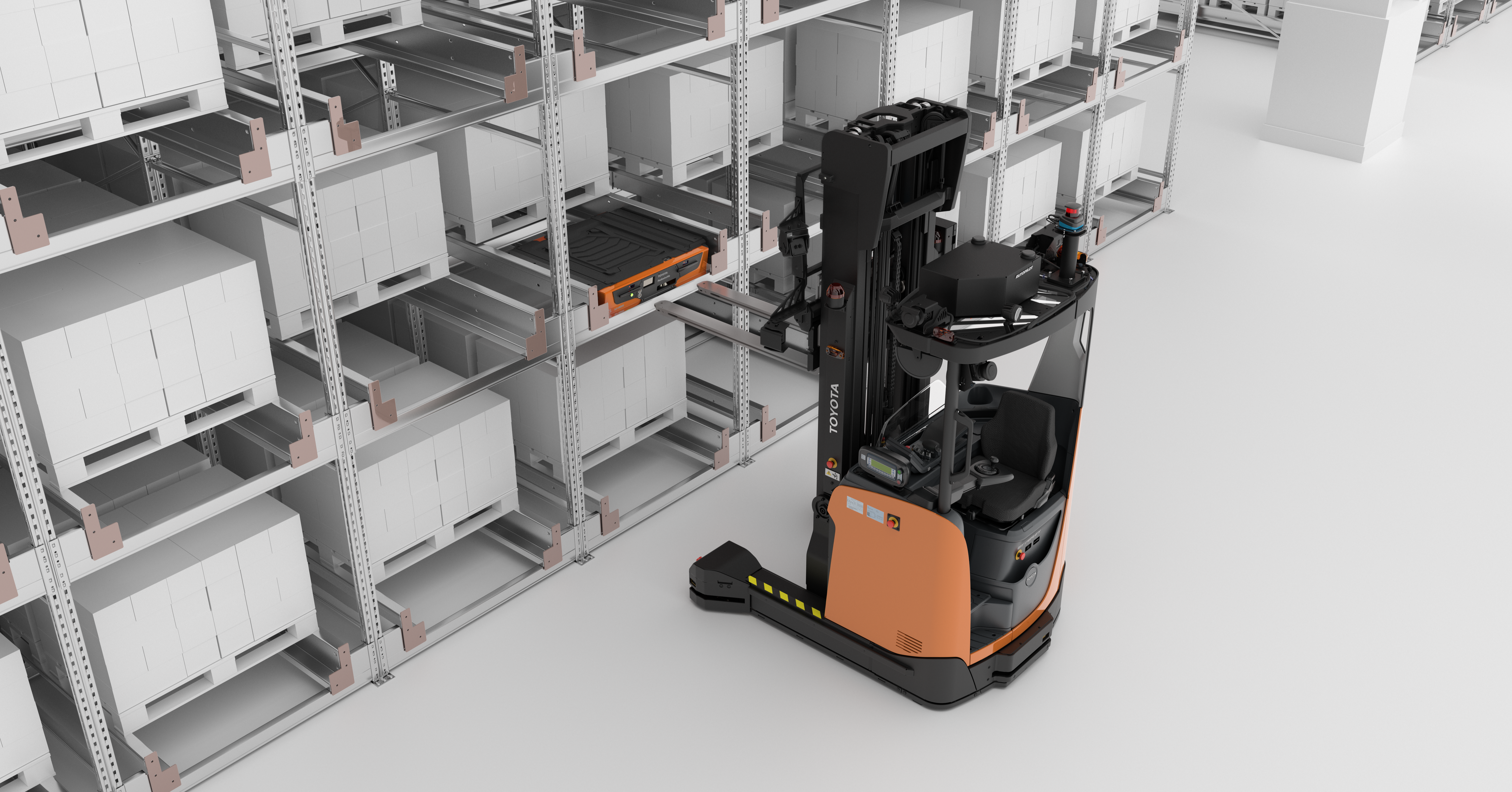Warehouses are a critical component of any supply chain and are vulnerable to issues that can subsequently impact businesses. As consumer demands grow, the demand for efficiency, accuracy and scalability demand increases rapidly.
Warehouse automation is a smart investment that gives businesses a competitive edge. It delivers long-term benefits such as reducing costs, increasing efficiency and improving accuracy — and positions businesses for success.
What is warehouse automation?
Warehouse automation uses technology to streamline operations and improve warehouse efficiency. This includes automating inventory management, sorting, packing or other repetitive processes. It improves scalability, efficiency and productivity and reduces errors, costs and operational bottlenecks.
There are three levels of warehouse automation:
- Manual: Tasks are performed by human-operated machines.
- Partially automated: Tasks are performed using a combination of human labour and automation.
- Fully automated: Tasks are performed using technology with minimal human input.
No matter the automation level, businesses enjoy a wide range of benefits. As of 2024, approximately 25% of warehouses across the globe have implemented some form of automation. The significant increase from just 5% a decade ago shows that businesses are realising the benefits of automation.
So, here are five key benefits of warehouse automation:
1. Improve efficiency and customer satisfaction.
For large retailers or logistics companies, time is money. By automating their warehouses, they boost operational efficiency and better address their ever-growing customer demands.
Warehouse automation streamlines operations and optimises workflows, allowing tasks such as moving, sorting and packing items to be carried out more quickly.
Smart warehouses offer real-time insights that enable businesses to make quick and informed decisions about resource allocation, restocking or order fulfilment. The higher the throughput, the greater the customer satisfaction.
2. Reduce errors and increase productivity.
When tasks are automated, the risk of error is significantly reduced. With the right warehouse automation system, you can prevent stock discrepancies, inefficiencies and inadequacies.
Automation facilitates accurate inventory management, ensuring stock is easily located and retrieved when needed. Since the need for manual data entry is reduced, the data captured is correct and consistent.
Automated systems follow standardised processes, which ensure minimal variability and consistent productivity. So, errors that occur due to variability or human fatigue are avoided, ensuring high productivity and reduced wastage.
3. Improve scalability and flexibility.
One of the biggest challenges businesses face when customer demands grow is scalability. Although manual labour can get the job done, it is limited by availability, which can result in productivity bottlenecks. Automation keeps the work going, enabling businesses to scale up and down with no disruptions per the demand.
Automated warehouses are a lot more flexible and resilient. Warehouse automation offers real-time visibility and traceability, which helps you identify bottlenecks quickly, allowing you to resolve issues in time.
4. Cost savings.
Although warehouse automation involves an initial investment, the long-term cost savings are significant. Aside from the substantial savings, it reduces dependencies such as your reliance on manual labour. Automation optimises repetitive processes and improves efficiency, which subsequently minimises wastage.
With lower operational costs and improved customer satisfaction, you can enjoy a rapid return on investment. Moreover, the enhanced accuracy and efficiency make all the difference in a fast-moving business landscape.
5. Create safer workspaces.
Automation enables you to create safer workplaces by reducing the need for manual labour. It minimises the risk of injury by taking over more hazardous or physically demanding tasks. It also reduces the need for manual handling of goods, creating a safer work environment.
Automation ensures enhanced safety protocols with sensors and cameras deployed across the facility, creating a safe and consistent work environment. This subsequently lowers the strain, stress and fatigue experienced by workers.
Warehouses that have adopted automation have reportedly seen a 25% reduction in workplace injuries and a 35% increase in productivity.
Transform your operations by completing our assessment.
If you are looking to future-proof your business operations, automation is a great place to start. With an array of benefits such as improved efficiency, increased scalability, enhanced accuracy, substantial savings and more, it is the best way to give you a much-needed competitive edge.
However, choosing the right automation solution for your business can be confusing. We have put together an assessment to help you understand what kind of automation could help your business thrive. Just answer a few questions to find out.

